North Korea sent troops to Russia. The reason(s) are “left to be seen”
By François Diaz-Maurin | October 25, 2024
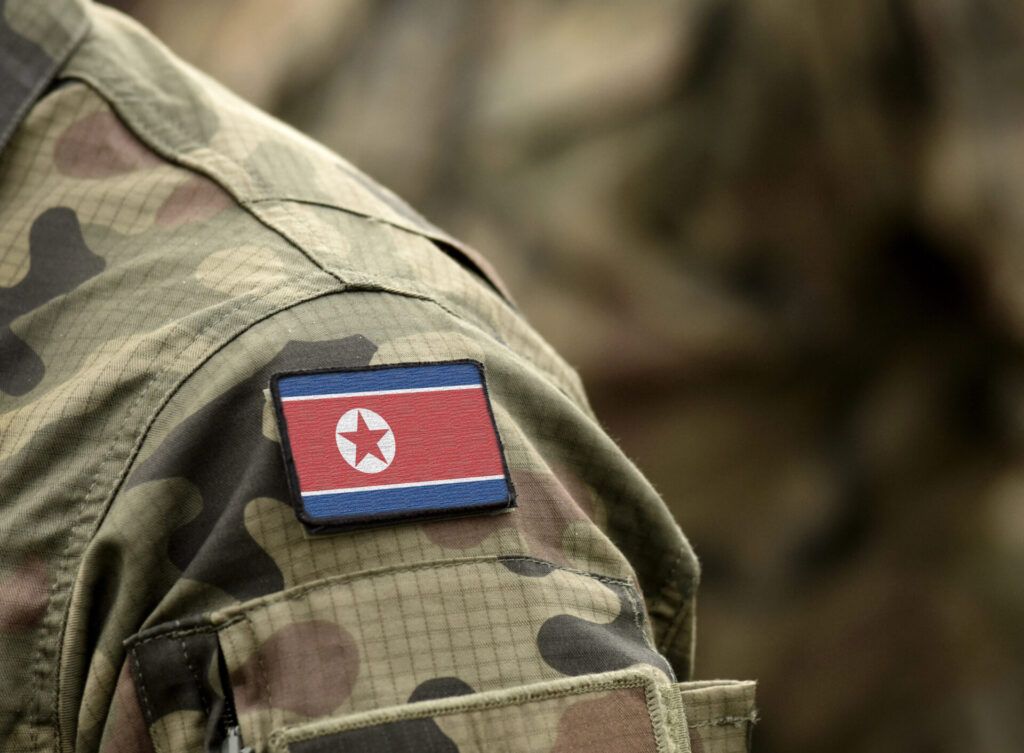 In early- to mid-October, thousands of North Korean soldiers have been spotted traveling through Vladivostok, Russia’s largest Pacific port, and being split across several military training sites in eastern Russia. It is still not clear why they are in Russia. (Credit: Photo by Bumble-Dee / depositphotos.com)
In early- to mid-October, thousands of North Korean soldiers have been spotted traveling through Vladivostok, Russia’s largest Pacific port, and being split across several military training sites in eastern Russia. It is still not clear why they are in Russia. (Credit: Photo by Bumble-Dee / depositphotos.com)
US Defense Secretary Lloyd Austin confirmed Wednesday that North Korean troops were in Russia conducting military exercises, following a claim last week by Ukrainian President Volodymyr Zelensky that his government had received intelligence information that 10,000 North Korean soldiers were being prepared to fight alongside Russian forces in Ukraine.
Zelensky did not provide details during his visit to NATO headquarters to discuss his “victory plan” to end the war with Russia. US Deputy Secretary of State Kurt Campbell would not confirm the claim either, saying only that the United States and its allies were “alarmed” by North Korea’s increasing military support for Russia’s war in Ukraine.
But details soon emerged of North Korean troops being spotted in Russia.
Troop buildup with an unclear mission. On Wednesday, national security spokesperson John Kirby said that, in early- to mid-October, more than 3,000 North Korean soldiers had traveled through Vladivostok, Russia’s largest Pacific port, and were split across several military training sites in eastern Russia. The same day, South Korean intelligence services said that another contingent of 1,500 North Korean troops had entered Russia, and Ukrainian officials claimed that overall more than 12,000 North Koreans had already arrived in the far east of Russia.
Both North Korea and Russia denied the movements, even as several video footage reportedly showed North Korean military personnel arriving at a Russian military base in the village of Sergiivka in the Primorsky Krai, about 200 kilometers from the border with North Korea, and others receiving uniforms and equipment at a Russian training base in Sergeevka, near Russia’s border with China.
Austin said the United States does not know whether the North Korean troops would join the war in Ukraine alongside the Russian military. “What exactly they’re doing—left to be seen,” he told reporters on Wednesday. Kirby added that this is “certainly a highly concerning probability.” Visibly alarmed, Austin said: “It will have impacts not only in Europe—it will also impact things in the Indo-Pacific as well.”
It did not take long for South Korea to react, threatening to supply weapons to Ukraine if North Korea’s troops were sent to fight for Moscow. On Monday, South Korean and Ukrainian media reported that Seoul was considering sending intelligence officers and tactical experts to Ukraine in response to North Korea’s actions.
NATO Secretary General Mark Rutte said that if North Korean soldiers went to Ukraine, it would mark a “significant escalation” in the war there.
Ramifications in the Korean Peninsula. The revelation comes amid heightened cross-border tensions between North Korea and South Korea.
In January, two experts on North Korea, Robert Carlin and Sig Hecker, co-authored a controversial article suggesting that North Korea’s leader Kim Jong-un may be preparing for war. Washington and Seoul are so blindly convinced that their “ironclad” deterrence will keep Kim in check that “Pyongyang could be planning to move in ways that completely defy our calculations,” they wrote. However, “the literature on surprise attacks should make us wary of the comfortable assumptions that resonate in Washington’s echo chamber but might not have purchase in Pyongyang.” Carlin and Hecker are not alone in suggesting that current US policy makes North Korea more likely to use nuclear weapons first.
Earlier this month, North Korea reportedly blew up parts of unused road and rail routes that once connected it with South Korea. News reports qualified it as a “symbolic display of anger” over the South Korean conservative government’s stronger stance toward the North. But analysts dismissed the possibility that this could be in preparation for an imminent preemptive, large-scale attack on South Korea, pointing to the risk of an almost certain massive retaliation by superior US and South Korean forces.
According to Carlin and Hecker, if left with no good options to keep his nuclear arsenal, Kim may find himself in a “use-it-or-lose-it” situation in which launching a surprise nuclear attack on South Korea in the hope of staving off a possible massive disarming strike could appear as worth the risk. Destroying cross-border roads and railways—even if currently unused—could delay or alter the capacity of the United States and South Korea to retaliate with conventional forces. On Thursday, South Korean sources reportedly saw North Korean forces constructing several unidentified structures on the eastern inter-Korean road they had blown up earlier, with South Korean officials saying the structures resemble concrete barriers or bunkers, and South Korea’s Unification Ministry confirmed on Friday new blockades were being built along inter-Korean railways to fortify the border areas.*
Top South Korean officials said in a statement that the presence of North Korean troops in Russia is “a grave security threat” to South Korea and pledged to take proportionate countermeasures. Officials worry that Russia may offer North Korea advanced weapons technologies to boost nuclear and missile programs that are geared toward South Korea.
What North Korea could get in return. In another article last week, Hecker explained that military cooperation between North Korea and Russia did not start with the war in Ukraine but earlier, when North Korea lost hope of normalizing relations with the United States after the failed Kim-Trump Hanoi Summit in February 2019. When the war in Ukraine started three years later, North Korea was already ready to support Russia’s invasion. In the two years since, North Korea has reportedly supplied Russia with dozens of ballistic missiles and millions of rounds of ammunition. Their cooperation was set in stone in June when Putin and Kim signed a Treaty on the Comprehensive Strategic Partnership, vowing to provide military assistance should either country be at war.
What North Korea may get from Russia in exchange for its weapons and now, possibly, troops is still unclear. But, Hecker says, North Korea still has significant gaps in its nuclear capabilities that Russia could help close quickly. Mainly, North Korea lacks inventories of plutonium and tritium used as fuels in modern hydrogen bombs, has limited experience in nuclear explosive testing for warhead design and miniaturization, and has not conducted the full-trajectory intercontinental missile launch test necessary for missile guidance and re-entry calculation. With the world’s largest nuclear arsenal of approximately 4,380 nuclear warheads, a Soviet-era record of 715 nuclear tests, and an inventory of fissile material estimated to include about 193 metric tons of separated plutonium and 680 metric tons of highly-enriched uranium, Russia could easily help North Korea with boosting its nuclear capabilities in all these areas. However, such assistance would violate Russia’s commitments under the Treaty on the Non-Proliferation of Nuclear Weapons (NPT), Hecker notes.
In Brussels last week, Zelensky warned that a third country entering into the hostilities would be “the first step to a world war.”
* Editor’s note (October 25, 2024; 07:03 AM CDT): The asterisked paragraph was edited after posting to include the latest news reports on North Korea’s activities along the border areas.
Together, we make the world safer.
The Bulletin elevates expert voices above the noise. But as an independent nonprofit organization, our operations depend on the support of readers like you. Help us continue to deliver quality journalism that holds leaders accountable. Your support of our work at any level is important. In return, we promise our coverage will be understandable, influential, vigilant, solution-oriented, and fair-minded. Together we can make a difference.
Keywords: Kim Jong-un, North Korea, Russia-Ukraine war, South Korea, United States, escalation, nuclear proliferation
Topics: Nuclear Weapons


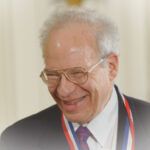
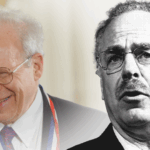
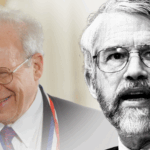

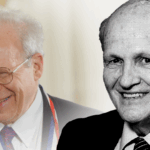

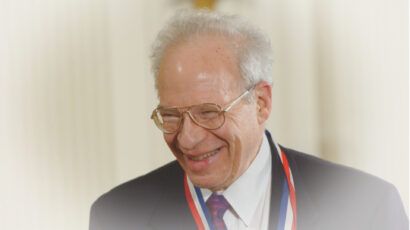
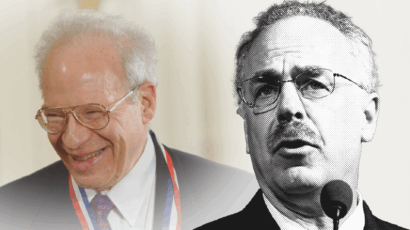
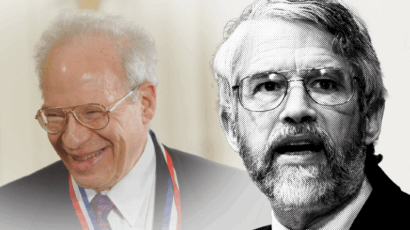
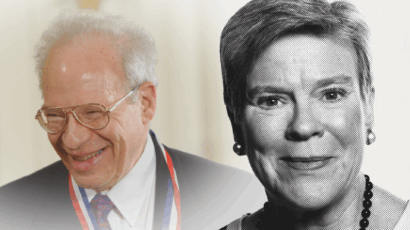
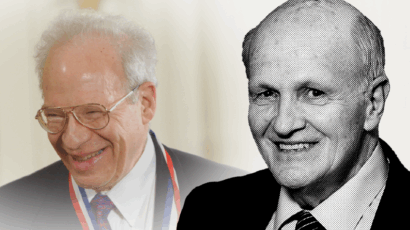
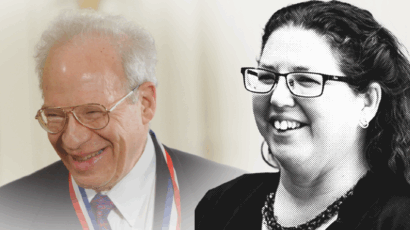
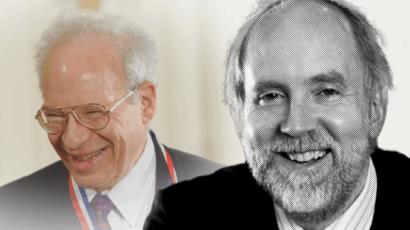
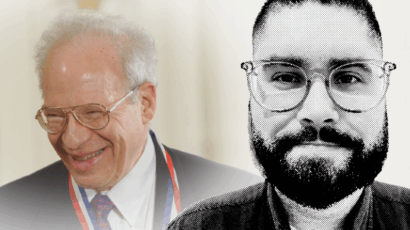
‘Left to be seen?’ If the North Korean troops were just there to train, with no other motive, they would not be stationed on the Kursk border region of Ukraine, which is where they currently are. The NK troops are clearly there for intimidation value, yes, but they are there to be used on Ukraine. This is a blatant escalation of conquest by a nuclear power already using nuclear blackmail threats in order to expand its empire. Unless the free world stands up to this, nuclear blackmail as used by Putin will inevitably lead to a global arms race, where… Read more »
“Is avoiding nuclear war actually worth the loss of the whole of Eastern Europe and possibly much of Western Europe as well, to sate the greed of a vile and cruel dictator? At what point is submission to nuclear threats no longer worth turning a blind eye to nations being crushed and absorbed?” You haven’t properly stated the alternative scenario. Here it is: https://www.science.org/content/article/nuclear-war-would-cause-yearslong-global-famine https://www.ippnw.org/wp-content/uploads/2022/09/ENGLISH-Nuclear-Famine-Report-Final-bleed-marks.pdf The above is discussing even a small, regional nuclear war taking India and Pakistan as an example. The result is one in 3 people on the planet die of starvation within 2 years, due to… Read more »